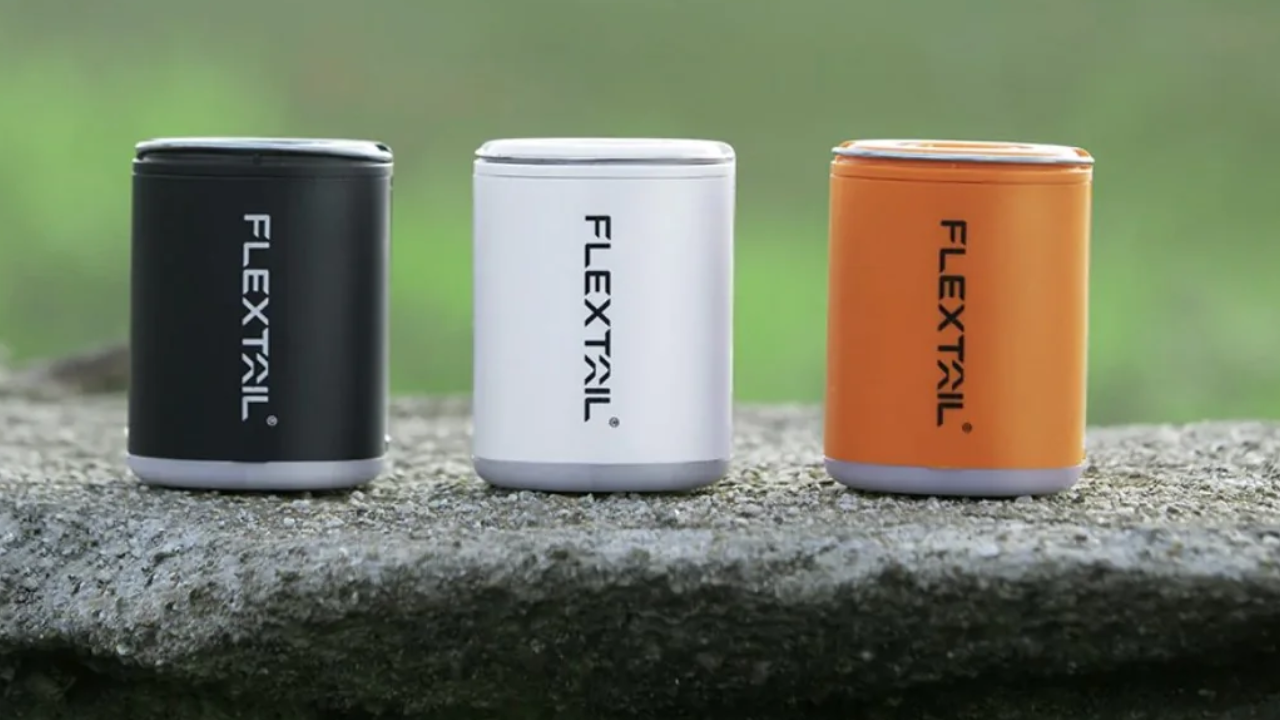Outside mosquito repellent has emerged as a significant gadget for individuals trying to encounter the outside without the disturbance of mosquito nibbles. Since the significance of outside pursuits and the diversion of sports remains underscored for physical and mental prosperity, the ubiquity of mosquito-repellent lights planned explicitly for outside use has taken off. Those modern gadgets offer a dual-reason solution, imparting illumination and mosquito safety, making them fairly sought-after amongst outside enthusiasts, proprietors, and event planners alike.
The importance of outside mosquito repellents lies in their functionality to create an at-ease and mosquito-loose environment, permitting humans to accumulate and socialize outside without disruption. Whether or not web hosting an outside barbecue, tenting journey, or nighttime garden celebration, those lamps offer powerful safety against mosquitoes, enhancing the general outdoor revel.
Moreover, with developing concerns about approximately mosquito-borne ailments that encompass malaria, dengue fever, and West Nile virus, the call for effective mosquito control solutions has by no means been better. The mosquito repellent for outdoors provides a handy and environmentally excellent opportunity for chemical sprays and creams, making them attractive to environmentally aware customers looking for sustainable mosquito control alternatives.
The Environmental benefits of outside Mosquito Repellent
Outside mosquito repellents provide a twin-purpose solution: they provide illumination for outside areas while simultaneously deterring mosquitoes. Beyond their sensible capability, these lamps can also be environmentally first-class mosquito manipulation alternatives. In this article, we'll discover the traits that make outdoor mosquito repellents environmentally friendly. Through our knowledge of those elements, we will make informed choices that prioritize both mosquito management and environmental responsibility.
Energy Efficiency
One of the key abilities that contribute to the environmental friendliness of outdoor mosquito repellents is their electricity performance. Many cutting-edge repellents utilize LED (moderate-emitting diode) bulbs, which are quite electricity-inexperienced in comparison to standard incandescent or fluorescent bulbs. LED bulbs consume significantly less energy while presenting identical or superior illumination, resulting in lower strength intake and reduced greenhouse gas emissions. By choosing outside mosquito-repellent with LED bulbs, customers can lower their power usage and environmental footprint while effectively repelling mosquitoes.
Chemical-Free Operation
Unlike a few regular mosquito repellents that rely on compound substances to discourage mosquitoes, outdoor mosquito repellents offer an artificial, loosened open door. These repellents repel mosquitoes by using diffusion mechanisms, such as ultrasonic sound waves, warm temperatures, or herbal plant-based oils, as opposed to synthetic repellents. With the aid of fending off the usage of chemical pesticides, outside mosquito repellents lower the danger of environmental infection and reduce exposure to potentially harmful materials for people, pets, and the general public.
Sustainable Layout
Many outdoor mosquito repellents are designed with sustainability in mind, incorporating abilities that minimize environmental impact all through their lifecycle. Sustainable layout standards may additionally encompass the use of green substances, such as recyclable plastics or sustainable bamboo, and optimizing product sturdiness to lessen the need for commonplace replacements. Furthermore, some repellents can be powered with the resource of renewable electricity properties, such as solar panels, similarly to reducing their environmental footprint.
Minimum Environmental Effect
Outdoor mosquito repellents are designed to have a minimum environmental effect, in the course of use and disposal. Compared to traditional mosquito manipulation techniques, such as chemical spraying or fogging, repellents do not contribute to air or water pollutants or harm organisms. Additionally, LED bulbs utilized in these repellents incorporate no unstable materials and can be accurately disposed of or recycled at the end of their lifespan. To minimize environmental impact, outside mosquito repellents offer a sustainable and eco-friendly alternative for mosquito manipulation in outdoor spaces.
Integrated Pest Management
An environmentally best technique for mosquito manipulation involves integrating repellents into broader pest manipulation techniques, which include pest control (IPM). IPM emphasizes using more than one technique, which incorporates cultural, natural, and mechanical controls, to govern pest populations successfully while minimizing reliance on chemical interventions. Outside mosquito repellents supplement IPM strategies by way of imparting a non-toxic and sustainable approach to mosquito control that may be used through different manipulated measures.
Summary
Outdoor mosquito repellents provide an environmentally friendly solution for mosquito manipulation in outside areas. Through harnessing the power of LED technology, warding off chemical pesticides, embracing sustainable format thoughts, and integrating repellents into broader pest management strategies, clients can successfully repel mosquitoes while minimizing damage to the environment. With outside mosquito repellents, we can light up our outdoor areas, even by promoting ecological sustainability and protecting the natural world for future generations.


